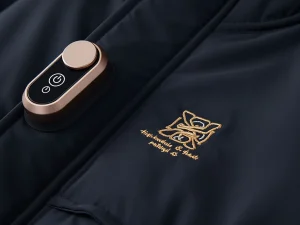When it comes to staying warm in cold weather, both heated socks and heated insoles are popular choices. But which is better for your specific needs? In this blog, we’ll compare the pros and cons of heated socks vs heated insoles to help you make an informed decision.
Heated Socks: Pros and Cons
Pros:
- Versatility: Heated socks can be worn with any type of footwear, from boots to sneakers.
- All-in-One Solution: They provide warmth directly to your feet without needing additional inserts.
- Lightweight and Comfortable: Designed to feel like regular socks, they’re ideal for all-day wear.
- Adjustable Heat Settings: Many models offer multiple heat levels for customized comfort.
Cons:
- Battery Placement: The battery pack is typically attached to the sock, which can feel slightly bulky.
- Limited Durability: Socks may wear out faster than insoles, especially with frequent use.
Heated Insoles: Pros and Cons
Pros:
- Custom Fit: Many heated insoles can be trimmed to fit your shoes or boots perfectly.
- High Heat Output: Designed for extreme cold, they provide consistent warmth for long periods.
- Durability: Heated insoles are often made with rugged materials, making them ideal for outdoor work and hunting.
- Remote Control: Some models come with remotes for easy temperature adjustments.
Cons:
- Shoe Compatibility: They may not fit well in all types of footwear.
- Installation: Unlike socks, insoles require insertion into your shoes, which can be less convenient.
Best Uses
- Heated Socks: Ideal for winter sports, casual wear, and activities where versatility is key.
- Heated Insoles: Perfect for outdoor work, hunting, and extreme cold conditions where durability and high heat output are essential.
Conclusion
Both heated socks and heated insoles have their unique advantages. Your choice depends on your activity, footwear, and personal preferences. Explore our range of heated socks and insoles at NRheat and find the perfect solution for staying warm this winter.






